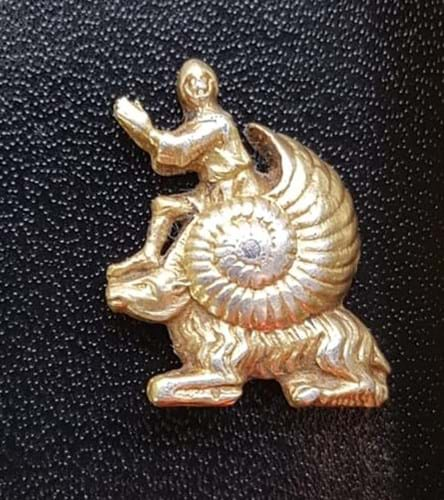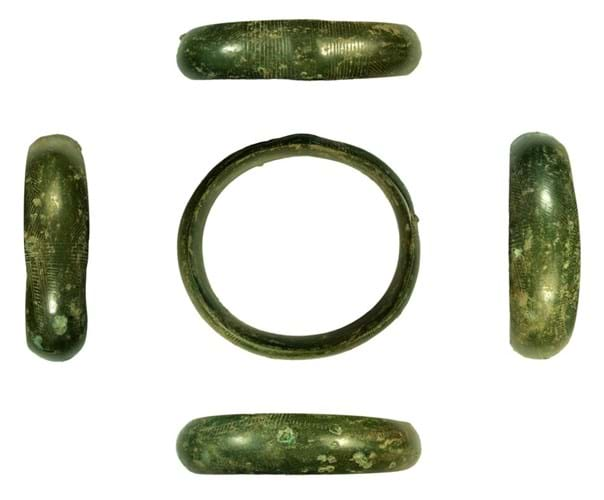
The latest Treasure Annual Report, alongside new information from the British Museum, has revealed 96% of Treasure finds were found by metal-detectorists and many went to local museums.
Covering finds made in 2018, the report found that 1094 cases were reported Treasure in 2018, consisting of more than 20,906 individual artefacts. In total 347 of these cases were acquired by 108 different museums.
An overwhelming majority of these (93%) were acquired by museums local to the sites where objects were found, meaning that most retain their local context by staying in the area.
More than 96% of Treasure finds in 2018 were found by metal-detectorists.
Preliminary Treasure figures for more recent years are currently 1311 for 2019 and 1077 for 2020.
The British Museum’s Portable Antiquities Scheme (PAS) database holds information on more than 1.5m objects.
There are separate reports for PAS and for Treasure. The latest PAS report was released in December 2020 containing 2019 stats.
Treasure finds
While the Department for Digital, Culture, Media & Sport (DCMS) administers the Treasure report (released on March 22, 2020 with 2018 data), this is usually a couple of years backdated due to the length of time that Treasure takes to be administered.
To coincide with the Treasure report released last week, the British Museum also announced more recent Treasure finds of significance. These objects, which finders have a legal obligation to report, will now go through the Treasure process.
Among them is this ‘snailman’ (pictured above) which was found in Pontefract, West Yorkshire, last year.
Dating from 1200-1350AD, the mount depicts a human figure emerging from a snail shell on the back of a goat, of which no close parallel has been identified. The male knight wears a Norman-style helmet with a long-sleeved tunic and one leg lunging forwards, suggesting the man is stepping out from the shell. The figure’s hands are pressed together as if in prayer, implying it has religious connotations. Its true meaning is a mystery but there are several theories.
Wakefield Museum hopes to acquire the object.
Beverley Nenk, curator in later medieval collections at the British Museum, said: “This unusual silver-gilt mount may once have been attached to a leather belt or strap, or perhaps worn as a badge. The image of the praying knight emerging from a snail shell atop a goat implies an element of parody or satire. Snails are often depicted in the margins of medieval illuminated decorated manuscripts and are thought to symbolise cowardice, and this may be the intended meaning.
“The mount may be a satirical reference to cowardly or non-chivalric behaviour of opponents in battle, or as a parody of the upper or knightly classes. As such, it demonstrates the humour often found in medieval material culture.”
Many other items were also revealed by the museum including iron age and bronze age objects and a medieval seal matrix. Among them is this bronze age arm ring found in Surrey (pictured).
Also last year it was confirmed that the government plans to change the official definition of treasure to cover rare and precious archaeological finds, not just those that are more than 300 years old and made of gold or silver or precious metal, as the current law states.
The government plans to change the official definition of treasure to cover rare and precious archaeological finds, not just those that are more than 300 years old and made of gold or silver or precious metal, as the current law states.
The Treasure Act came into law in 1996 and The British Museum’s Portable Antiquities Scheme (PAS) was set up in 1997 so that archaeological objects found by the public can be voluntarily recorded.
Unless an object is defined as Treasure (under the Treasure Act), finders have no legal obligation to report them, but have been doing so voluntarily.






